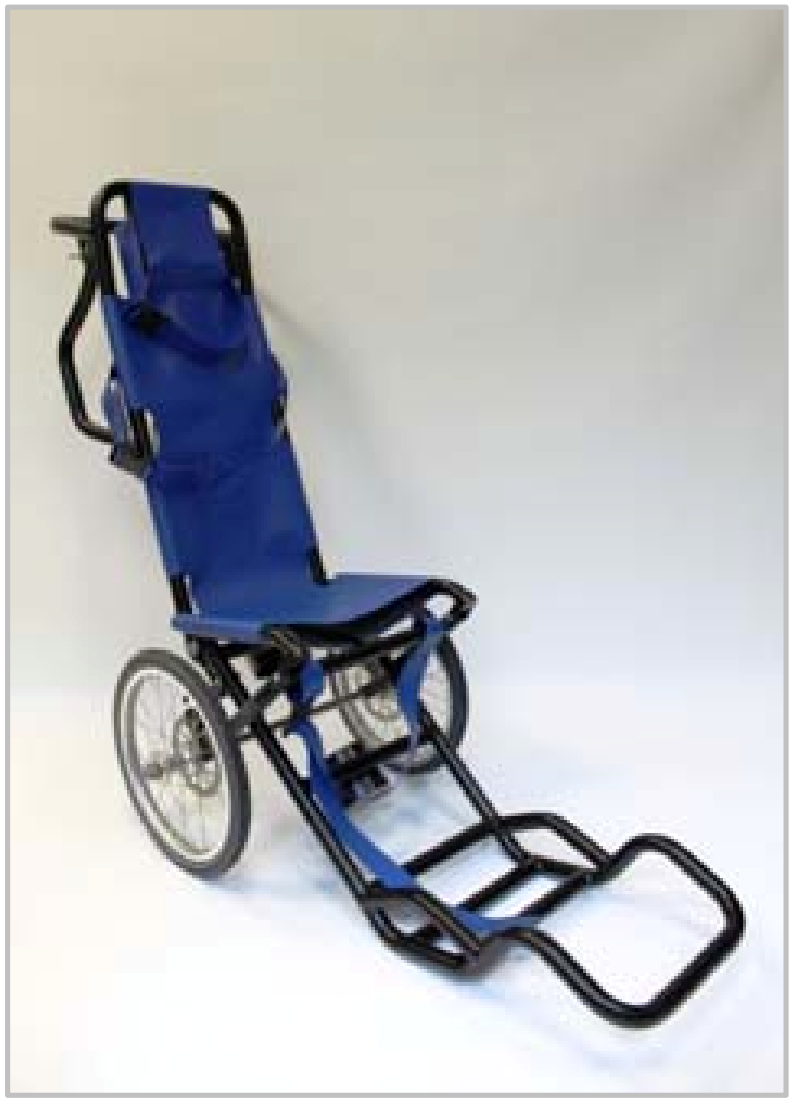-
Client
NHS National Innovation Centre
-
Business need
Design an ergonomic ambulance carry chair to overcome current operational issues.
-
Why Frazer-Nash?
We have significant experience in capturing system requirements and designing innovative solutions to complex problems.
The challenge
The NHS National Innovation Centre (NIC) set up a series of workshops across the UK to identify common healthcare issues that had quick win solutions. Frazer-Nash put forward a number of design proposals, and were subsequently awarded multiple grants to develop a range of innovative healthcare product concepts to support the needs of NHS patients.
One of the key issues raised at these workshops was the need to support paramedics in transporting injured patients quickly and safely from the accident site to the ambulance. To do this, Paramedics currently use a patient carry chair. However, they often have to lift loads far greater than the safe working limits in order to negotiate difficult areas such as stairs, doorsteps and gravel. As a result, many paramedics develop long term back injuries which account for 75% of ill health within the profession.


